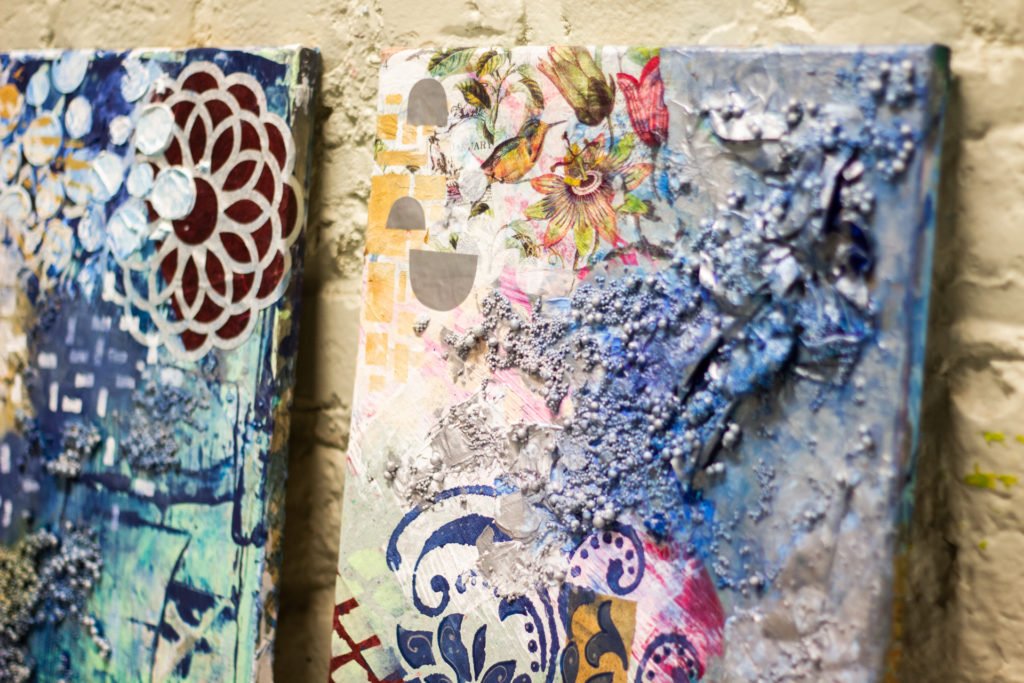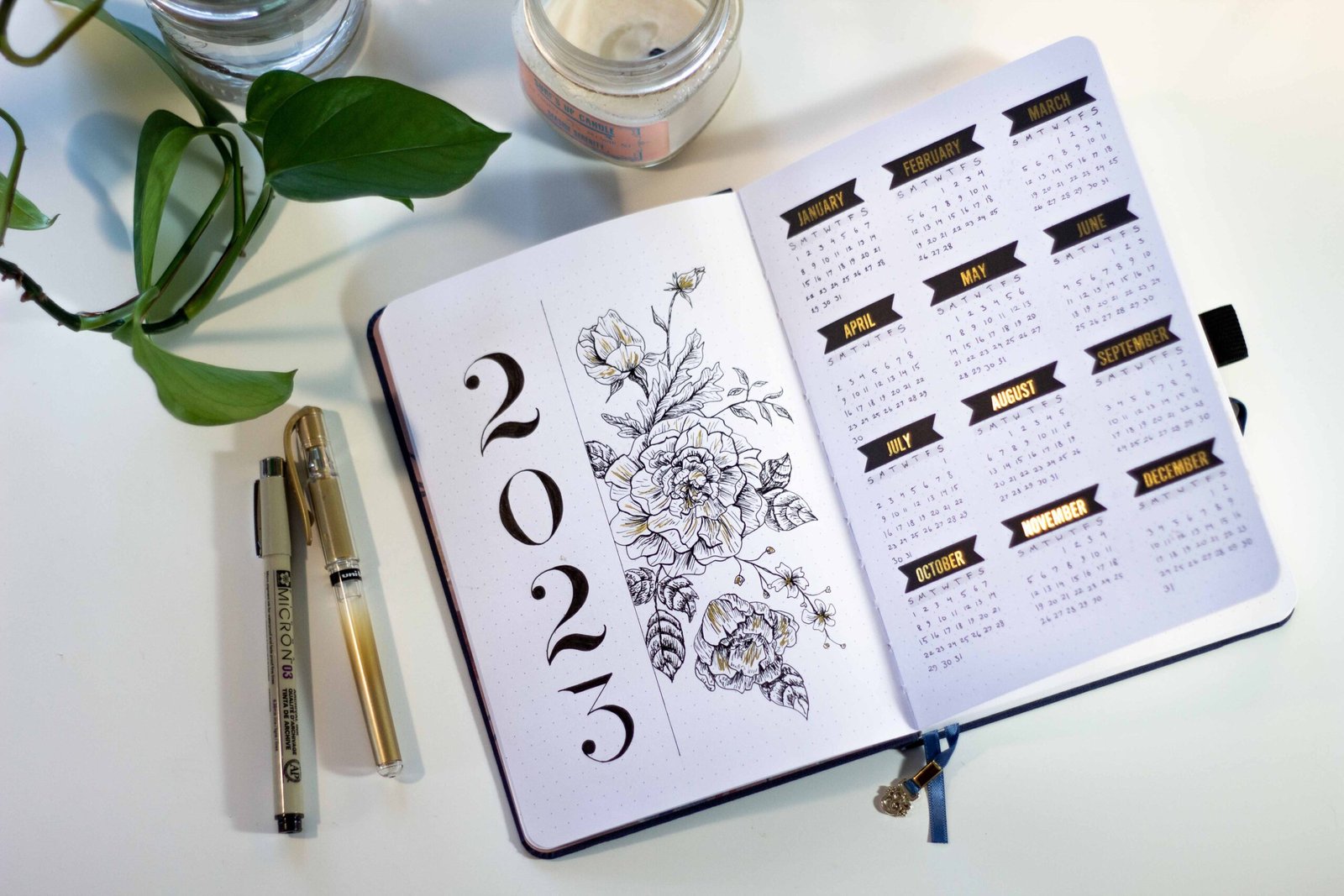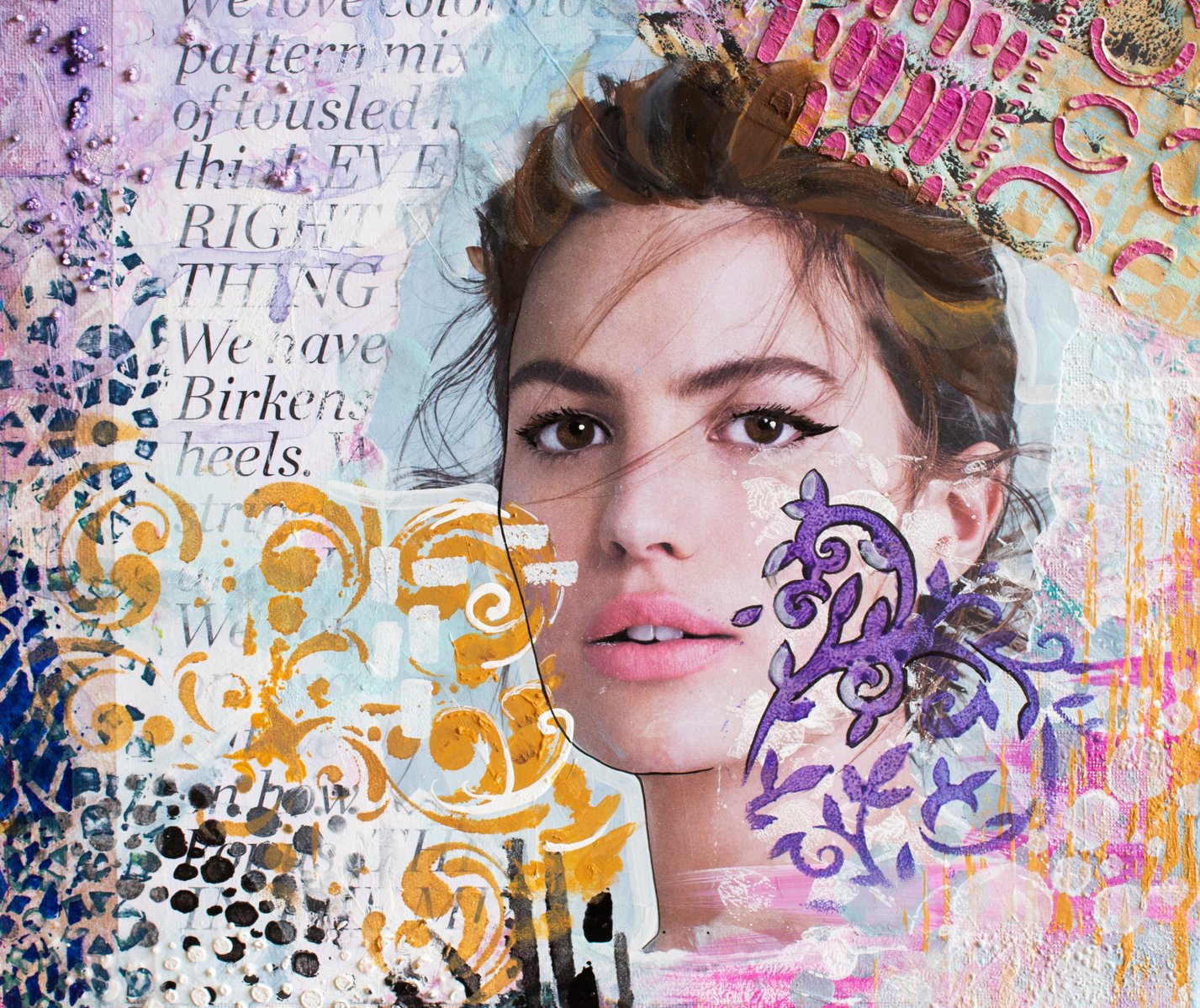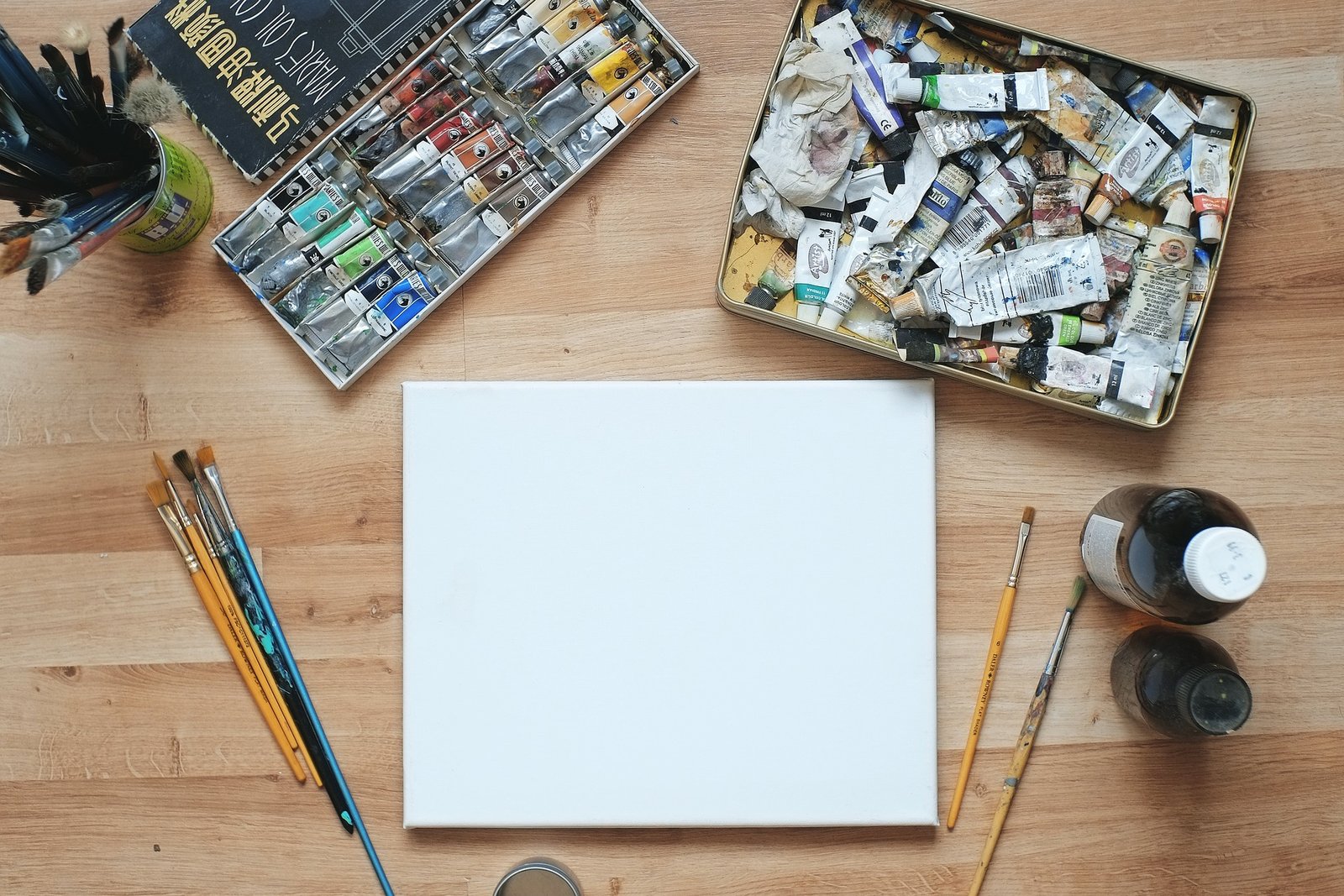By Adara Wright | June 16, 2020
When I started painting with oils for the first time in undergrad, I was thrilled beyond measure. I learned to manipulate their smooth, buttery texture into life-like portraits that told stories. I soaked in their rich pigments and slathered them across my canvas. I loved it.
Longing to paint at the superb level of my favorite professors, I worked hard to get better, but painting is actually very difficult. It still poses a challenge for many masters today.
As I shared in my previous post, school left me exhausted, exhausted from trying so hard to achieve a perfection that’s not possible for anyone. I needed to step back and rest. I wanted to paint again without an inner critic tearing apart every brushstroke.
I was not sure how to paint again without being so hard on myself, but when the opportunity arose to take a mixed media painting class taught by my friend Joanna, I thought, why not? I hadn’t painted in a while, and I needed something with no pressure. I also loved the mesmerizing textures Joanna achieved and had been fascinated for some time by her work.

Joanna’s class was entitled Intuitive Mixed Media Painting, and when I signed up, I had no idea what that meant. On day one of the class, I quickly learned that the approach was to create a painting with a wide variety of glues, paints, papers, stickers, prints, etc., but to begin the painting with really no clear direction at all. We spent four weeks working on the same two canvases, continuing to build up colors, papers, and all sorts of layers until we liked the final product at the end of the class.
At first, as you might imagine for a perfectionistic portrait painter, I was frustrated. My mind was locked into the principles of design, and went crazy when there wasn’t enough contrast or a clear focal point in my painting. I also couldn’t stand working on two small canvases with so many materials for so long. It seemed too busy, too much.
That’s when Joanna stepped over to my work station and said:
Don’t worry about it too much. You just need to let go and have fun with it. If you don’t like something, just cover it up with more paint or paper. The magic and intuition is all in the layers. Working on the same painting for a while is part of the challenge to help yourself see more ideas and shapes come to life.
Her words were healing for me, and I soon broke out of my rigid rules and just had fun.
That didn’t mean my final painting didn’t need to have a focal point, or that it didn’t need contrast. I could still trust my eye to tell me what to do, but I just played with the colors and textures. I let myself respond to a feeling or whim, without any self-criticism. I ended up loving it, and I’ve taken more classes with Joanna, exploring techniques such as gelatin plate printing and art journaling.
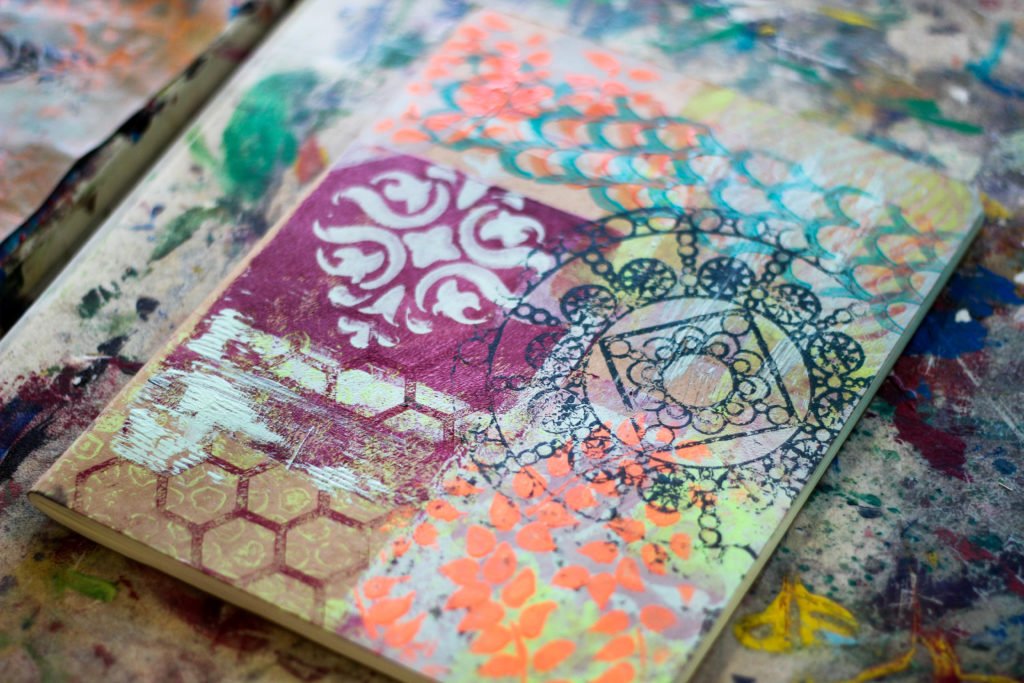


For me, mixed media made art fun again. I’ve now started exploring how to combine portraiture with mixed media and more textures. It adds interest and captivating layers of depth. I still care deeply about portraiture and the skills I developed while in school, but pursuing those techniques with fear, guilt, and critique will not help me succeed and enjoy my craft.
If you’ve found yourself feeling stuck, it’s ok to try something completely different or utterly out of your comfort zone. It may just be the thing to set you free.

